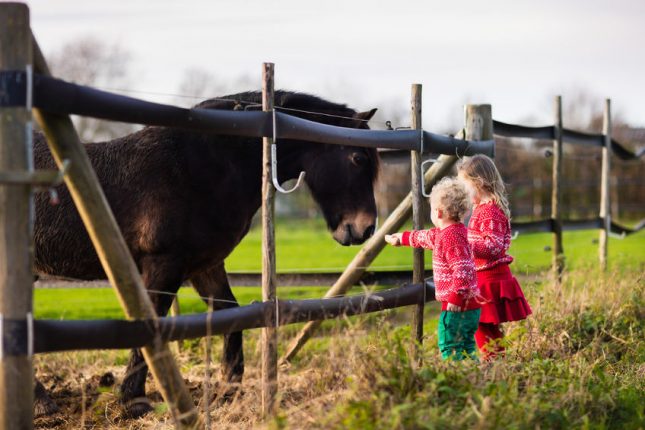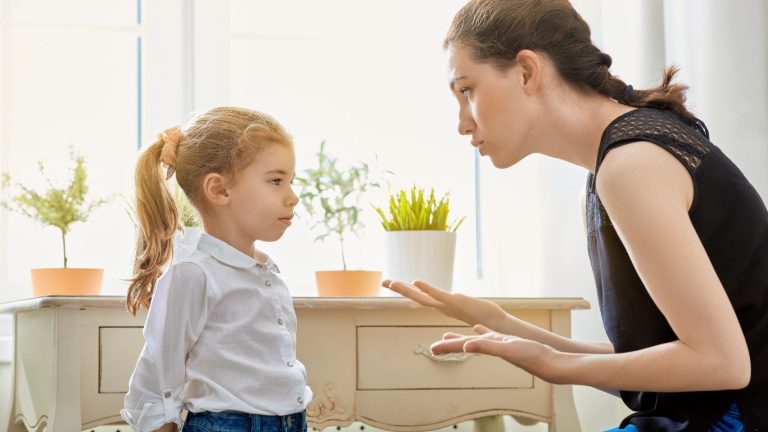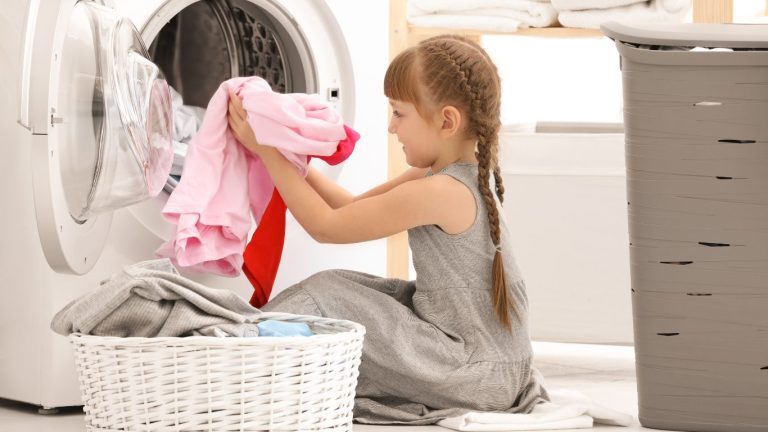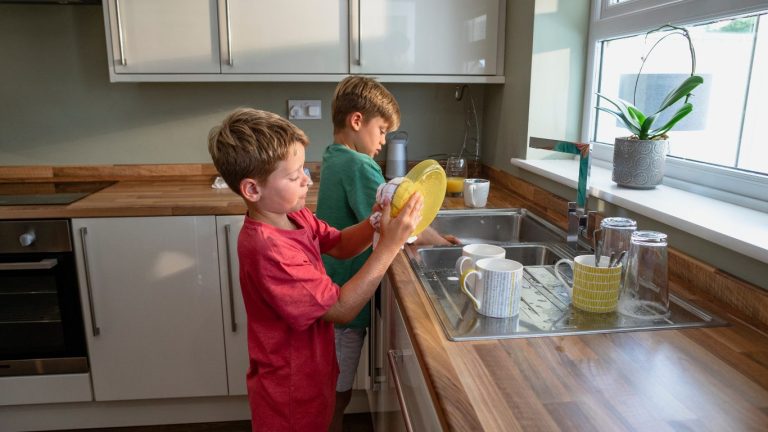Resilience is about our ability to cope with the ups and downs of life. Children need to learn to bounce back from disappointment. As they grow, they need to learn to deal with life’s issues, and also to reflect and learn from them. Resilience is a key skill for coping with life. Find out the 7 steps to building kids’ resilience.
Why is resilience important?
Everyone faces setbacks in life.
When resilient children step into a challenging situation they have a sense they can work out what they need to do and can handle what is thrown at them. Resilient children know when and who to ask for help when needed.
We have become a culture of trying to make sure our kids are comfortable. Many parents try to stay one step ahead of everything their kids are going to run into; unfortunately this is not real life.
The impact disappointment has upon children is influenced by how they choose to respond to it. Children need age appropriate tools to work through minor upsets so they are able to cope with greater disappointment as they age.
A child who calmly problem solves how to put blocks together is more likely to have a successful adult life, as they face the bigger challenges with useful strategies and confidence.
What influences resilience?
Resilience is a skill that can be taught.
What we do as adults and the environment we provide, all influence how our children cope with challenge. As parents we cannot and should not shelter our children from age appropriate disappointment.
Children need to work through challenges, like their best friend winning the game, to gain confidence and tools to cope. To build up resilience it is important to provide positive stressors that provide a challenge for children to reach the next level, like encouragement to jump off the next height step into the pool.
Your children need to know that their parents believe they can cope with challenges.
7 steps to building kids’ resilience
1. Model resilience to your kids
Parents are their children’s best model to learn resiliency. If you cope calmly and logically with challenges, then your children are likely to do the same.
If you didn’t handle a situation well, admit this to your child, adding how you could do it better next time. To see you make a mistake, and reflect and learn from it, is the ultimate teaching tool for your kids.
2. Challenge your kids with risks
Provide some level of appropriate risk so children can safely challenge their abilities and develop confidence. We can’t protect our children from everything, and we won’t always be there.
Give your children the opportunity to push their boundaries, and to fail. Then work with them through the coping, dealing, reflecting and learning steps. This way, when you’re not around, they’re more likely to cope.
3. Encourage problem solving
Provide opportunities for your child to learn how to problem solve. Engage your child in figuring out how they can handle challenges. Give them the opportunity, to work out what works and what doesn’t.
If your child is afraid of the dark, turning on the light all night takes the challenge away, rather than provides opportunities to work through fear. Working out that a torch by the bed your child can use helps your child to stay in control of helping themselves.
4. Always ask ‘how’, rather than ‘why’
Ask “how?” questions rather than “why?” questions. It’s almost impossible to know the answer to ‘why’ when you’re only 5! ‘Why’ is a deeply reflective, and philosophical question. Whereas ‘how’ is an action, process-based, and problem solving question.
If your child throws their toy train when they’re frustrated and it breaks, rather than ask why, ask how they could have responded differently, or how can they help to fix the train. Your child now becomes part of the solution and not the problem. And how forces them to think of actions for change.
5. Model action taking
Model coping with uncertainty through taking positive actions. Show your child that you don’t have all the answers but together you can discover things that may work.
For instance, if your child is afraid of the dark, ask them what they could do to help. If they’re stuck on where to start, perhaps add some ideas for your child to think about, such as making ‘monster spray’, or checking under the bed. Just suggest these ideas casually though, such as ‘I heard about this idea for monster spray’, and let your child choose the solution. Then you can try and make the monster spray together, and see if this works for them.
They’ve now taken action to solve their own problem.
6. Mistakes are learning opportunities
Mistakes are learning opportunities. And mistakes only turn into failure, when we choose not to learn from them, and continue making the same mistake.
Model to your child that adults don’t always make the right choices either. What matters is recognising what happened, making it better, or looking at alternative choices for next time. Having some natural consequences for choices is a great way to learn.
7. Manage your child’s emotions
Help your child to manage their big emotions. Mastering the control of our emotions in childhood is key to becoming resilient adults.
Children need to know how to identify and respond appropriately to their emotions. Like it is normal to feel angry, but it is not okay to hit because of anger. Focus on teaching how your child can better respond to anger, by punching a pillow rather than their brother.
Resilience is an important skill that will help your child cope with change and uncertainty throughout their lifetime.
Unfortunately parents cannot protect their children from facing disappointment. Children need to learn skills from their parents and caregivers to cope with everyday upsets and change. Remember that children are most influenced by the example adults show them.
Now that you know the 7 steps to building kids’ resilience, find out about Helping children to cope with change. Or, for more expert advice check out our Development and Behaviour sections.






